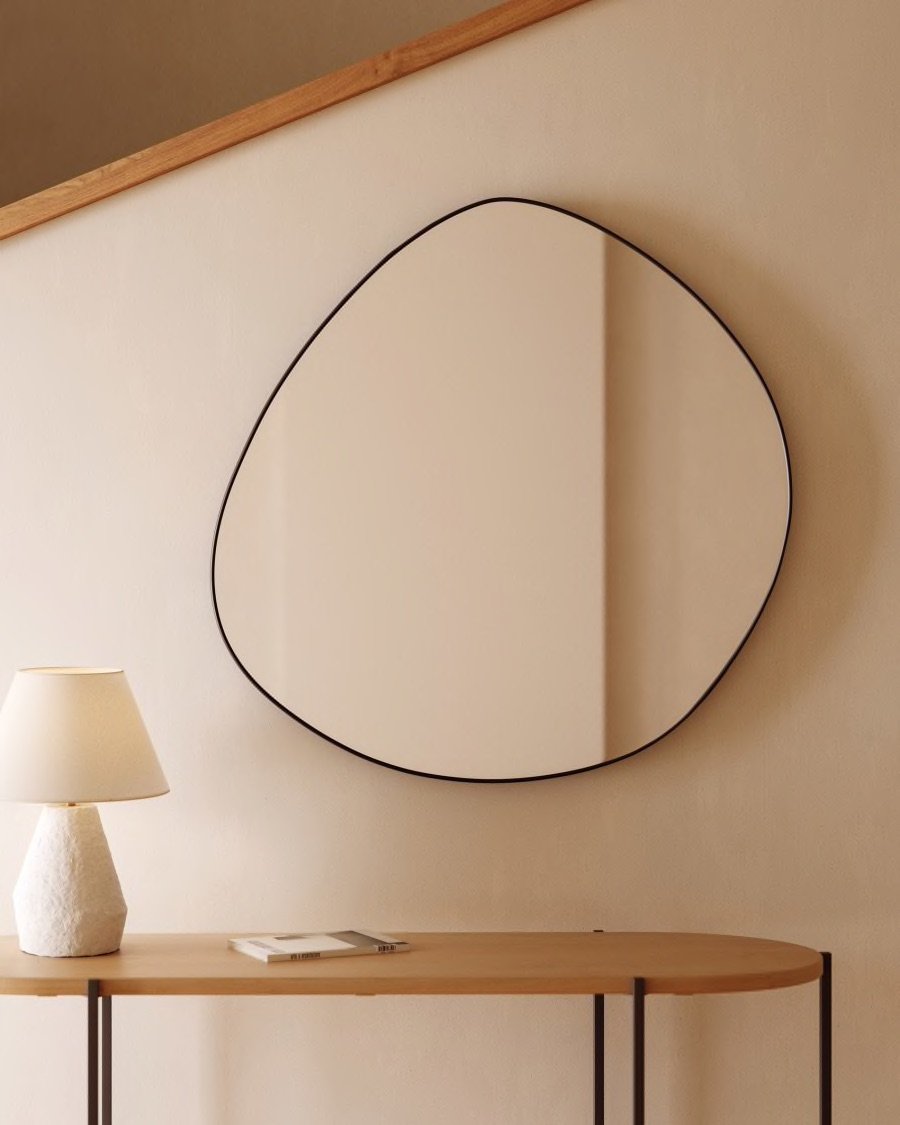Living in a small space can be challenging, especially if you want it to feel more spacious. Fortunately, there are several things you can do to make a small room appear larger. From color choices to furniture placement, here are some helpful tips for making a room feel bigger.
Choose a Light Color Scale
Light color scale from Schemecolor.com
One of the easiest ways to make a room feel bigger is to stick with fresh, light colors. Choose light colors for your walls, ceiling, and furniture to create a sense of openness and spaciousness. Dark colors tend to make a room feel smaller and more confined.
Keep the Windows Free and Let the Light In
Natural light can make a small room feel brighter and more spacious. Avoid placing furniture in front of windows or blocking out the light. Consider using sheer or light-colored window treatments to maximize natural light in the room.
Design to Scale
Choosing furniture that is appropriately sized for a small room can make all the difference. Oversized furniture can make a small space feel cramped and cluttered. Consider using multi-functional furniture to save space and vary the size and scale of furniture to create depth and interest.
Choose Light Textiles and Proportions
Heavy, bulky textiles can make a small room feel cramped and claustrophobic. Opt for lightweight, breathable textiles to create a lighter atmosphere. Pay attention to the visual weight of furniture, decor, and textiles to create balance in the room.
Create Optical Illusions with Lines
Vertical lines can make a ceiling appear higher, while horizontal lines can create the illusion of more width. Use this trick when choosing furniture and decor to create a sense of spaciousness. Consider using tall, slim cupboards instead of long, wide sideboards.
Using Mirrors
Mirror from Kavehome.com
Mirrors are a great way to make a room feel larger and brighter. They reflect light and create the illusion of more space. Choose a large mirror to make the biggest impact.
Accentuate the Corners
Lighting and designing the corners of a room can create a sense of depth and openness. Consider adding lighting or decor to the corners of the room to make it feel bigger.
Choose Pictures That Use Perspective
Photo by Nathan Lee Allen
Artwork that uses perspective, such as landscapes or artwork with converging lines, can create the illusion of depth and space in a small room. Be mindful of the scale of the artwork, as oversized pieces can make a small room feel cramped.
Choose Shallower Bookcases and Bureaus
Choosing furniture with a shallower depth can create more space in a small room. Consider furniture with a depth of 12 to 16 inches to maximize floor space.
Free Up the Floor Space
Photo from Rose & Grey
Leaving more floor space visible can make a small room feel larger. Avoid cluttering the floor with too much furniture or decor. Hang shelves on the wall and use glass side tables to create the illusion of more floor space.
Use Dead Areas
Optimizing dead spaces in a small room can create extra storage and help keep the space organized. Utilize the space under the bed, in kitchen cupboards, under the sofa, inside doors, and under the bathroom sink to maximize storage in a small room.
In conclusion, making a small room feel bigger is possible with the right design choices. By using light colors, maximizing natural light, and choosing appropriately sized furniture, you can create a sense of openness and spaciousness in any small room.




